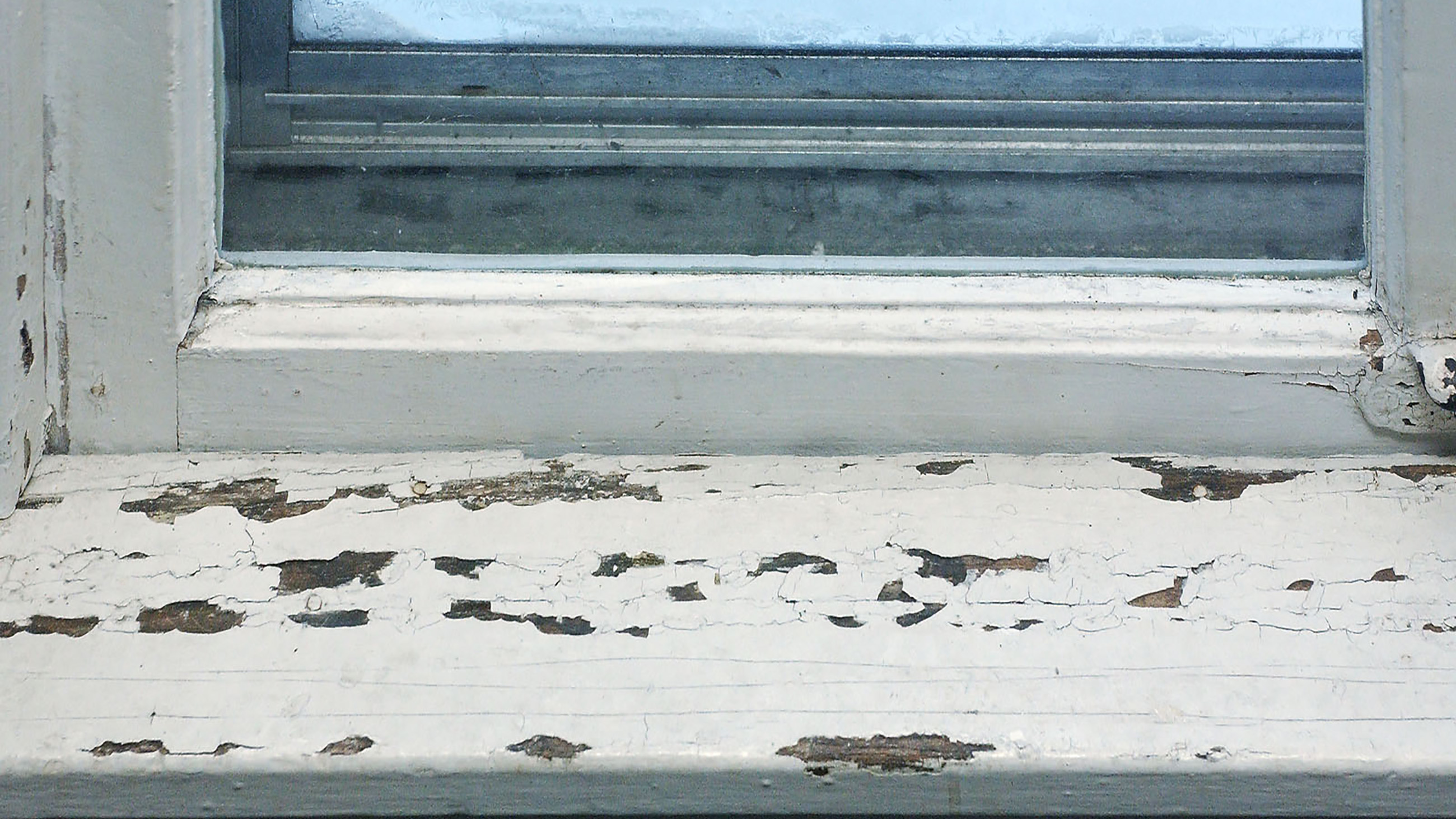The Persistent Scourge of Lead Paint
Last month, PPG Industries, a multinational chemical company and leading paint manufacturer, announced at a shareholders meeting in Pittsburgh that it would phase lead out of its paints over the next four years. “We’ve committed to eliminating lead from our portfolio by 2020,” PPG spokesman Mark Silvey told Undark in an email, “to ensure we can transition customers that use these products to alternative technologies.”
That paint is still being manufactured with lead — long-ago proven to be a potent neurotoxin — might seem surprising, but it’s more common than many consumers realize. Though lead has been banned in consumer paints in the United States since 1978, paint manufacturers continue to produce lead paint here for a variety of industrial applications — from machine coatings to marine paints.
They also peddle that lead paint abroad, where oversight is far more lax and the industrial paints can easily find their way to consumer markets — a regulatory Wild West. More than half of the paint sold around the world contains unacceptable levels of lead, according to Perry Gottesfeld, president of Occupational Knowledge International, an advocacy group based in San Francisco. While some countries, like Brazil, have succeeded in lowering paint lead levels by enacting regulation, Nepal and Cameroon, for example, have lead levels in paint that vastly exceed U.S. standards, Gottesfeld’s studies have shown.
“Exposures around the world are five times what we’re seeing in Flint, Michigan,” Gottesfeld said, referring to Michigan’s ongoing lead exposure crisis.
Gottesfeld is not the only one looking at lead paint in developing countries. In 2013, the International Persistent Organic Pollutants Elimination Network (IPEN) and the United Nations Environmental Program (UNEP) tested decorative paints in Argentina, Azerbaijan, Chile, Cote d’Ivoire, Ethiopia, Ghana, Kyrgyzstan, Tunisia, and Uruguay. Their report concluded that in seven of those nine countries – every one but Chile and Uruguay – lead levels were over 10,000 parts per million (ppm), more than 100 times the U.S. standard for lead paint. “Paints with extremely high levels of lead are still available in most countries,” the authors wrote.
Holding multinational and local paint producers accountable is important, consumer advocates say, because lead poisoning continues to be a serious health problem. “Childhood lead exposure is estimated to contribute to about 600,000 new cases of children with intellectual disabilities every year,” the World Health Organization reports on its website. “Recent reductions in the use of lead in petrol, paint, plumbing and solder have resulted in substantial reductions in blood lead levels. However, significant sources of exposure still remain, particularly in developing countries.”
Once in the environment, however, pinpointing the source of a lead exposure is a forensic challenge, although large-scale events – so-called lead contamination hotspots – can directly implicate lead in mass poisonings. Lead-soaked soil, for instance, killed 18 children in Senegal in 2007. And informal gold extraction, a process that uses lead and other heavy metals like mercury, has been linked to poisoning in countries such as Nigeria and Peru.
Despite commitments like PPG’s to remove lead from its paint products, more independent testing and epidemiological studies need to be undertaken, said Gottesfeld, especially as developing world economies grow. “The paint industry is a growing industry, particularly in Asia and Africa,” he said. “It becomes a long-term exposure scenario. Paint supplied today will have impacts on kids for the next hundred years.”











Comments are automatically closed one year after article publication. Archived comments are below.
In areas where children are lead impacted, the future of these communities has been diminished by the loss of individual inteligence multiplied by thousands or more.
Thanks for the comment, Don. Teresa Attina at NYU has shown the severe impact of lead exposure on IQ and lifetime earning potential, especially in developing countries. http://ehp.niehs.nih.gov/1206424/